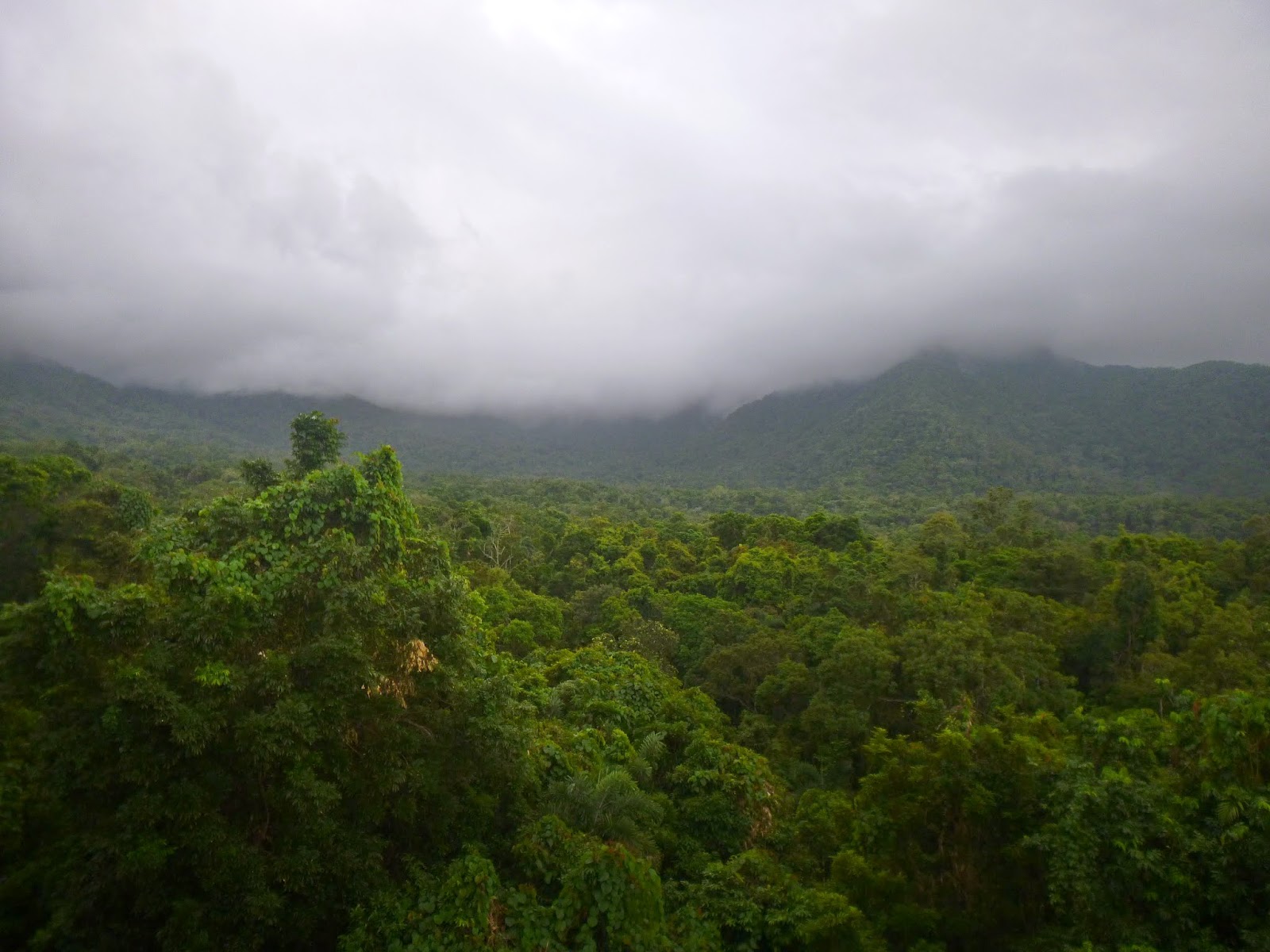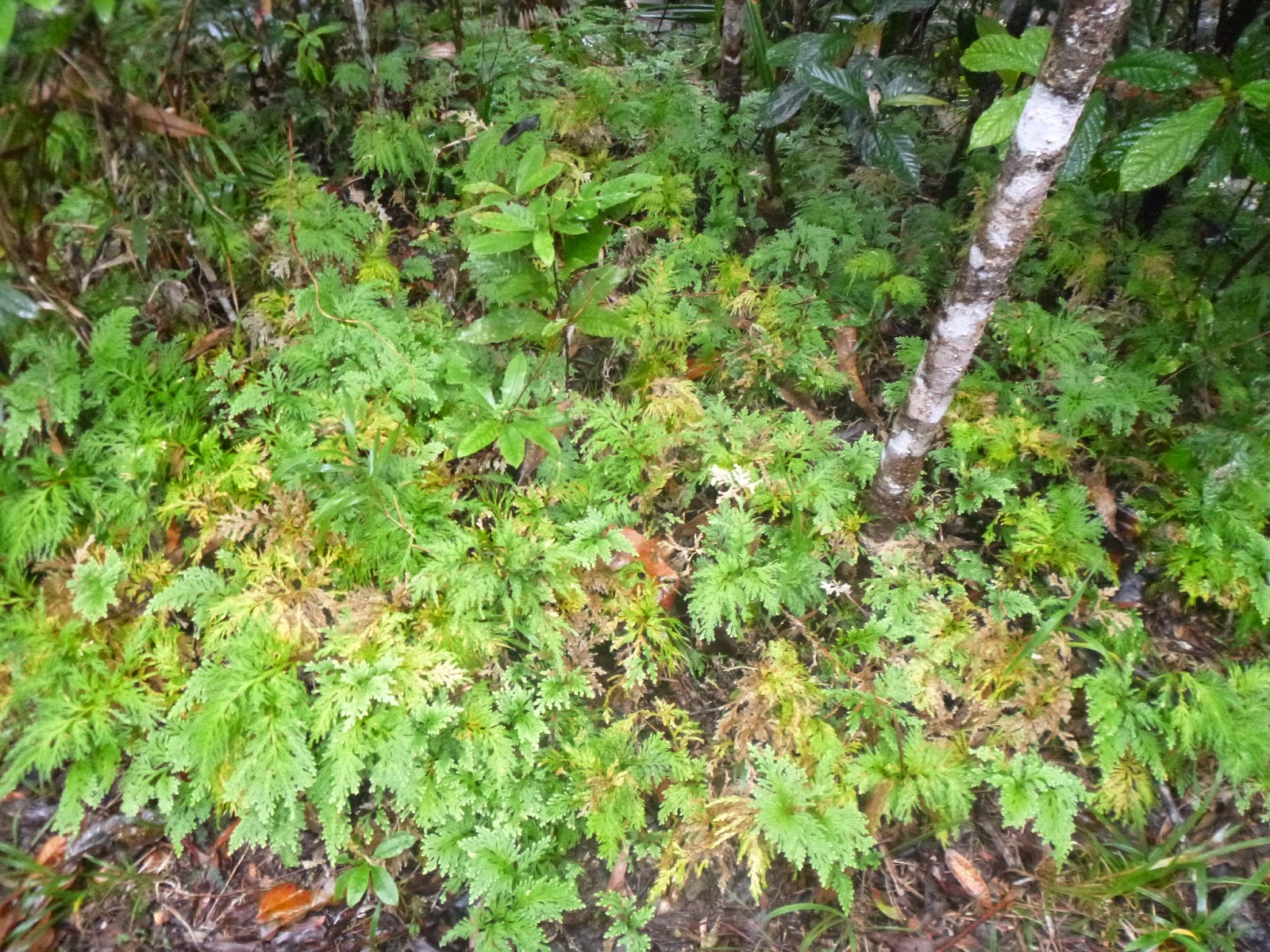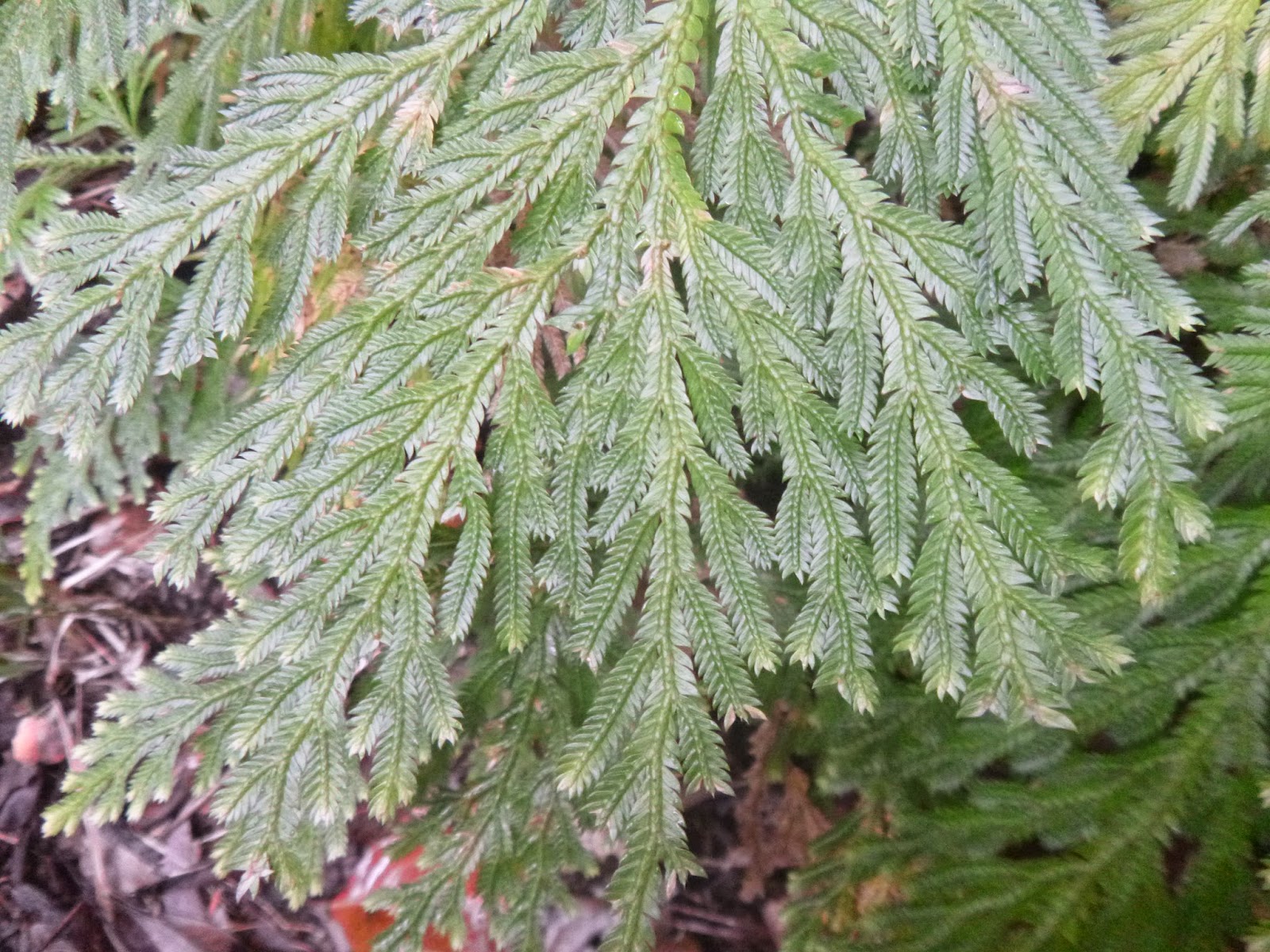I am unsure as to how to describe the vegetation there. At best it would be a subtropical rainforest, due to the large amount of hoop pines (Araucaria cunninghamii), but I didn't see any Brachychiton which is another indicative genus of subtropical rainforest. There weren't a lot of vines, mostly just Smilax and Jasminum. Overall leaf size I guess would be notophyll (7cm-12.5cm), but there was great variation in this. Callistemon, Melaleuca, and Syzygium were common around the banks as well as in the actual bed. Emergents were mainly Araucaria and Elaeocarpus obovatus, as well as some especially large Melaleuca. The ground layer was very rocky, but composed mainly of Gahnia, Lomandra, Dianella, and small ferns in some places. The shrub layer is also quite poor, possibly due to flooding. There were no sort of 'in-between' shrubs, either large ones strong enough to resist the flood, or pioneers such as Homolanthus and Lantana.
Near the carpark area, it opens up into more of a marshy boggy wet sclerophyll, with Hibiscus divaricartus and large emergent Eucalyptus. In places on the range, the vegetation is more typical rainforest, with more vines and a larger average leaf size,as well as some Cyathea and Alpinia. For the most part, the range is a wet sclerophyll reminiscent of the ecotones of North Queensland. Emergent eucalypts dominate, with a shrub layer of an unknown Banksia, Astrotricha, and large Asteraceae, as well as some very nice Cycadaceae specimens. Again, the ground layer is mainly Dianella and Lomandra from what I saw as we drove past.
But there is still plenty of more cool stuff that I did actually get photos of!
 |
| Plenty of Ajuga australis around |
 |
| Lobelia purpurascens too |
The picture above it doesn't show it well, but I am standing on top of the rock to the right in that first pic of the swimming hole, and the other half of the 'cone' in the pic above this one is opposite the creek.
 |
| Also quite a lot of Casuarina |
 |
| Basket fern (Drynaria) was everywhere as well |
The sundews are actually all along the creek in the undisturbed wet patches, but this little bowl is where you are always guaranteed to see them.
 |
| Lycopod or hoop pine? Probably a pine. |
 |
| Dichranopteris linearis. It could also be Sticherus flabellatus.The grey wormy things are the old rhizomes. |
 |
| More basket fern... |
 |
| Plectranthus I think |
It is of course, the ubiquitous water skink, Eulamprus quoyii. And they like to pose.
And a lace monitor too, Varanus varius. Was pretty happy I saw it.
So yes, plenty of cool things at Blackmans Gap, and plenty more cool things that I didn't get pictures of, so I will definitely be going back.












































